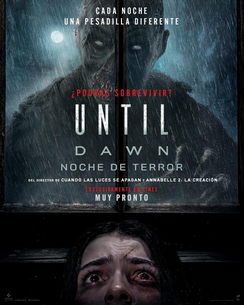
Before ‘The Blair Witch Project’, there was ‘The Last Broadcast’.
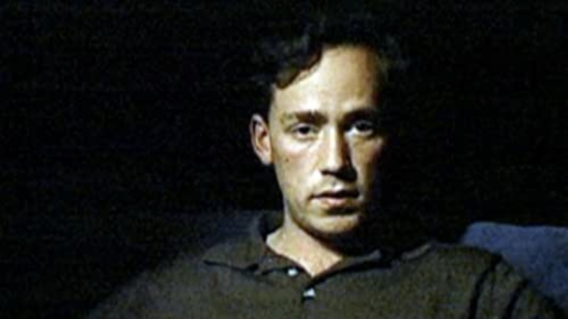
Every time a newfound footage movie comes out, critics will inevitably bring up one film. Surprise, it’s The Blair Witch Project. Despite how saturated and popular the sub-genre has come to be, the public seems to associate found footage almost solely with that 1999 classic, even more so than people associate the original Halloween with slasher movies. New found-footage ventures are constantly compared to The Blair Witch Project, usually unfavorably. It’s almost as if people see the found-footage genre as an experiment that was worthy of only one test, that being Blair Witch, but wasn’t creatively sustainable enough to warrant any of the subsequent success it received, aside from perhaps a few Paranormal Activity movies.
But while The Blair Witch Project popularized found footage, it didn’t come up with it. And its overwhelming popularity has eclipsed noteworthy entries of the genre that have come out both since, and in this movie’s case, before.
I could be writing about underrated found-footage movies for the rest of my career and only get to scratch the surface(especially given that it feels like a new one comes out every week). But the one I always recommend to people, especially the found-footage skeptics, is 1997’s The Last Broadcast. Released two years before Blair Witch, The Last Broadcast was nowhere near the pop-culture juggernaut. No, The Last Broadcast was a lo-fi cinematic experiment by two independent filmmakers who came up with a revolutionary concept to make a feature film for only $900.
But more than just aBlair Witch prototype and a micro-budget success story, The Last Broadcast is actually a chilling and surprisingly thought-provoking analysis of the 24-hour news cycle and the ever-blurring relationship between the media nad reality. Strap in folks, we’re going to get analytical.
For the uninitiated, The Last Broadcast is a fictional documentary being made by a filmmaker played by the wonderfully monotone David Leigh(David Beard) who’s trying to solve the mystery behind an infamous series of murders that took place in the Pine Barrens of New Jersey, where a public-access documentary crew was violently killed while doing a piece on the infamous “Jersey Devil” legend.
The man found guilty of these murders was Jim Suerd, an eccentric psychic part of this expedition. He was convicted on circumstantial evidence, and died in prison thereafter. And now, David Leigh has uncovered the last footage that may finally help discover what “really” happened out there in the Pine Barrens.
As a progenitor to the found-footage boom, the raw authenticity of The Last Broadcastis nearly unparalleled. Some critics thought it was crude, but that only adds to the atmosphere. Watching it, you would be forgiven for mistakingThe Last Broadcastas a true low-budget documentary (until the movie’s end, that is, but we’ll get there). But it’s a far more intricate piece than your standard shaky-cam found footage fare. There are more moving parts to the narrative and more forethought put to the structure and pacing than you’d expect.
Really, The Last Broadcast is a mystery, one with a rich subtext. At first glance, the film may look like just a series of talking-head interviews interspliced with foreboding shots of the woods and behind-the-scenes drama concerning the documentary crew that was killed.
Something that many found-footage movies suffer from (and horror movies in general, let’s be honest) is the acting. But no type of horror demands more from its performers, because if there’s one false beat anywhere then the entire illusion that we’re watching “real footage” is immediately broken. So with this being such a low-budget affair, you may be expecting the worst.
That’s why I’m thrilled to report that the acting is one of the film’s strongest elements, and the decision to not hire professionals for most of the roles is just one of many quality that elevates The Last Broadcast. The directors themselves actually play the two cable newsmen, a couple of showboat goofballs that aren’t dissimilar from Wayne and Garth, and their performances manage to be a highlight even though they don’t get much screen time. It helps that they, and in particular Lance Weiler, provide the most levity with some genuinely humorous moments that almost send The Last Broadcast into mockumentary territory. Their first meeting with Jim, where he performs an impromptu seance, would fit neatly in a Christopher Guest production.
But those moments of levity only lower your guard as you’re left unprepared for the film’s more suspenseful and tense moments, of which there are plenty. Without ever abandoning its grounded and realistic tone, The Last Broadcastpreys on the imagination of the viewer and subjects us to fuzzy images, screaming, and ominous voice-overs that are perfectly calculated to project the worst images into our psyche.
I also can’t overstate how genius it was to tie The Last Broadcast to a real urban legend, one that’s fascinated audiences for over a century. While the film is ultra-realistic in presentation, the threat of The Jersey Devil looms over the film. It’s either a real creature, out there prowling the Pine Barrens to prey on hapless documentarians; or a disease of the mind that infected a human being to attack and savage our protagonists in the film crew. Either way, it immediately captures the attention of anyone who has even a casual interest in urban legends on cryptids.
While the resolution to this mystery might disappoint on that basis, The Last Broadcast has more to say than “what if the Jersey Devil was real?” No, it’s about the human psyche. It’s about the evil that lurks out there, unseen and undiscovered, waiting to strike on any explorers who dare to venture into those places they definitely don’t belong.
I could say that The Last Broadcast is one hell of a thriller and leave it at that. It’s a piece of cinematic history in my mind. Though it doesn’t totally escape its trappings as a low-budget production, it admirably turns what could’ve been an amateurish and unwatchable experience into an underground, alt-horror nightmare.
But there’s much more to say about The Last Broadcast, and it goes into an unexpected thematic territory. What appears as just a fictitious true-crime documentary becomes a scathing reflection of a sensationalist media landscape that dominated in the ‘90s, and unfortunately dominates even more today.
WhenThe Last Broadcast was released, the 90s had already established itself as the decade of the 24-hour news cycles, where networks were chasing stories that got the most ratings, very often at the expense of journalistic integrity. So they started to gravitate towards stories centering around grotesque violence or bizarre and inexplicable events, usually distorting and subverting the nuance of these very real events into a product that would be easier to sell to the television-watching public.
By the time The Last Broadcast came out, the media had already covered the trials of O.J. Simpson, the Menendez Brothers, and Laura Bobbit in excruciating detail, more interested in the political and social impacts of these trials that the real human tragedy that underscored these events. That’s not at all dissimilar from what happens to Jim Suerd, the weirdo “psychic” that the media paints as a dangerous loner who was just “waiting” to snap. Much like how they relentlessly smeared Tonya Harding, Richard Jewell, and Monica Lewinsky, all of who were victims of the media onslaught from this time. It was all so egregious that filmmakers took aim at it, particularly Oliver Stone with his infamous opus, Natural Born Killers.
And the truly disturbing implication of The Last Broadcast is that the media isn’t just covering the news anymore, it’s practically writing it. Even today, innocent bystanders will have their reputations irreversibly ruined by a media jumps at the chance to find the antagonist to any story. It may be a stretch to find evocations of Monica Lewinsky within this no-budget found-footage movie. And the directors have not publicly said where they were intentionally criticizing the media culture of the time.
Still, no artifact of popular culture is created in a vacuum. And no matter what the directors’ intentions, they perfectly commented on the media’s predatory nature. The tragic thing is that film and video, two innovations that were supposed to “capture the truth” more perfectly than anything that came before it, instead became tools of propaganda.
As The Last Broadcast points out, you might think you know the whole story just from seeing some clips and images. But the truth is always lurking outside of the frame. Jim’s behavior on camera seems damning, with all the footage that was available, the theory that he was the murderer all along seems at least plausible. But the ending completely subverts this.
In a twist that divides fans to this day, it’s revealed that the documentarian David Leigh was, in fact, the murderer. He’s the one who lured the crew out into the woods. He killed them and took their footage, keeping the most incriminating parts to himself. And now he has the perfect material for a documentary that’s set to be his magnum opus.
While I can’t say the execution of this concept is flawless, especially once we’re taken out of the diegetic, canonical footage of the documentary and into the universe of the fictional characters (the $900 really shows in this portion), I will certainly defend the statement behind this ending.
The man who presented himself as the objective perspective on these events, a man who seemed to have no agenda other than discovering the truth behind these mysterious events, instead turned out to be a complete fabrication. He not only staged this whole affair and misled his audience, but literally killed people for a juicy story. Hmm…
Not that this means you have to be satisfied with the ending. But given that most found-footage movies just end with characters screaming at something off-screen and dropping the camera(even the good ones), it’s remarkable how much thought went into the third act here. And in that respect, The Last Broadcast is criminally underrated, even amongst fans of the genre.
Until recently, The Last Broadcastwas difficult to get ahold of. It wasn’t streaming anywhere, and no Blu-Rays had been produced. I had to track down a DVD copy of eBay and paid more than I care to admit. So I’m delighted to announce that The Last Broadcast has been reissued by the illustrious Arrow Video and with plenty of new special features. It’s a hail mary for fans like me, and a chance for fellow geeks to discover this hidden gem.




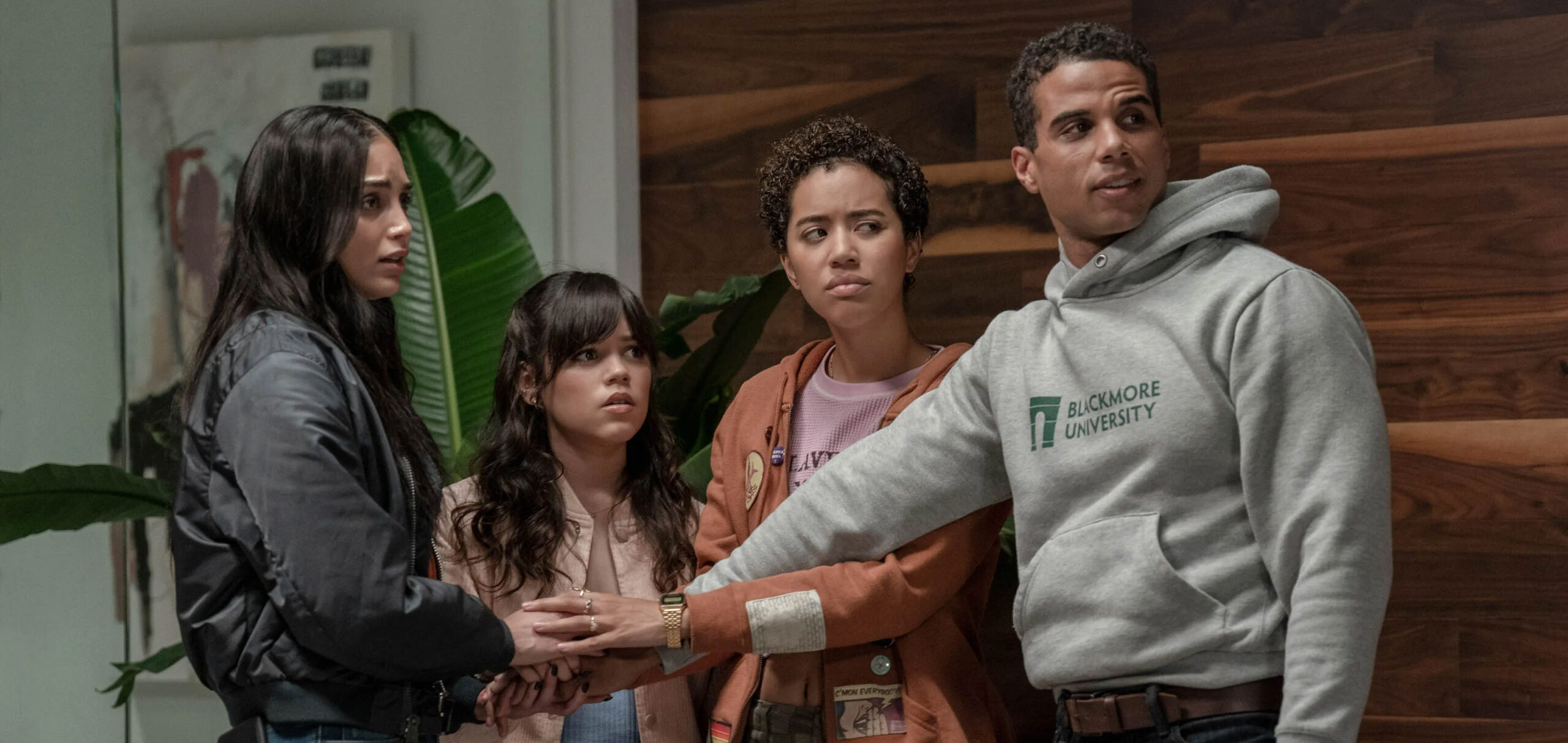











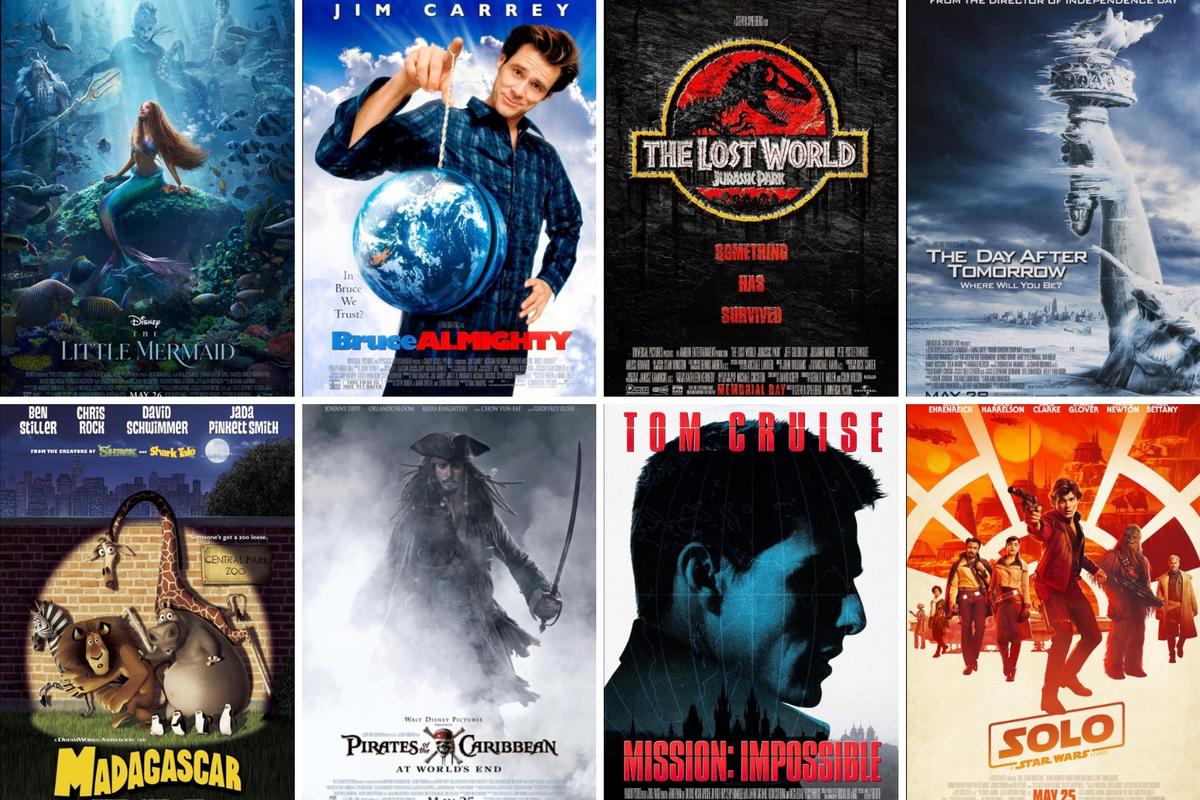
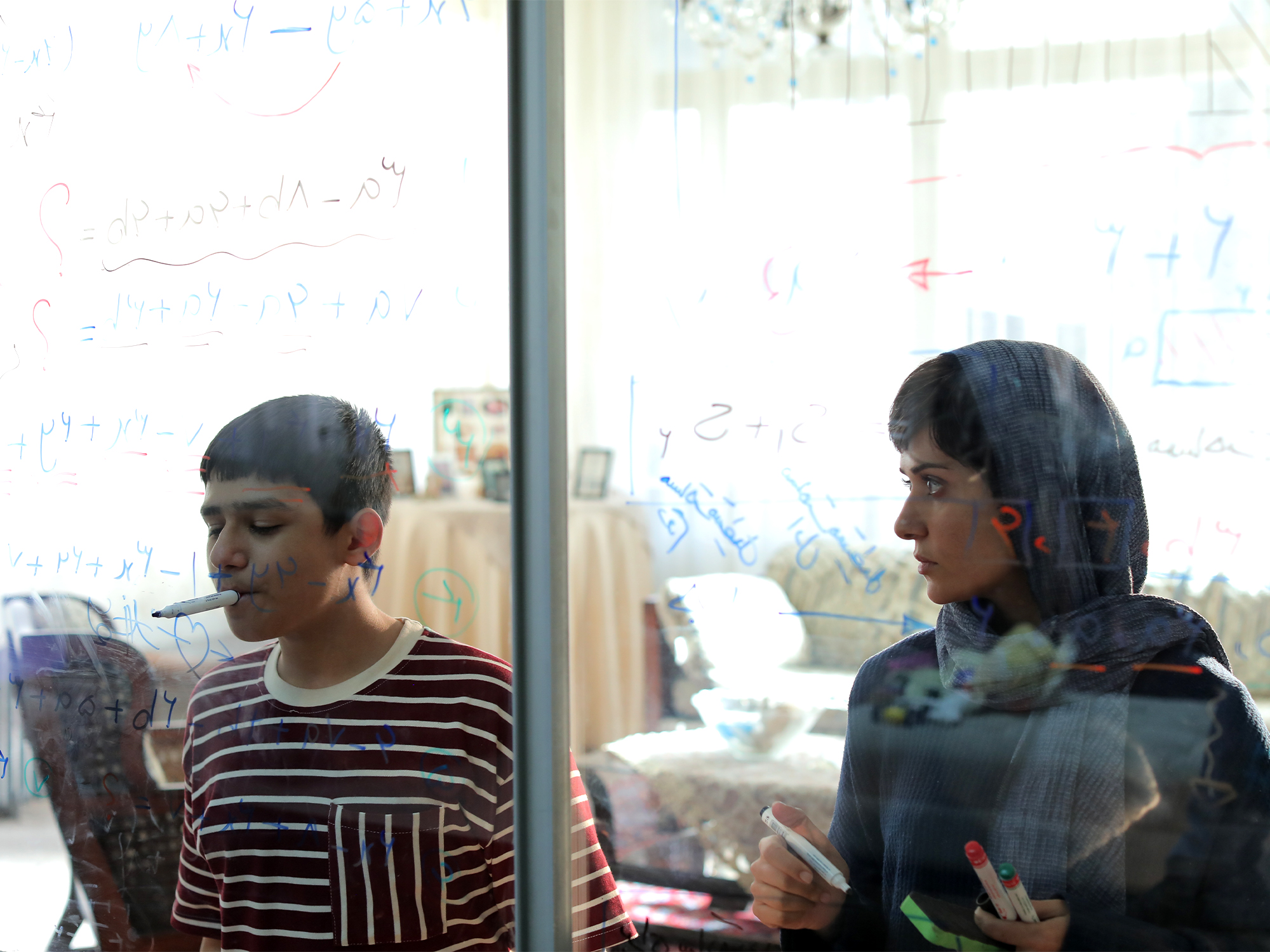


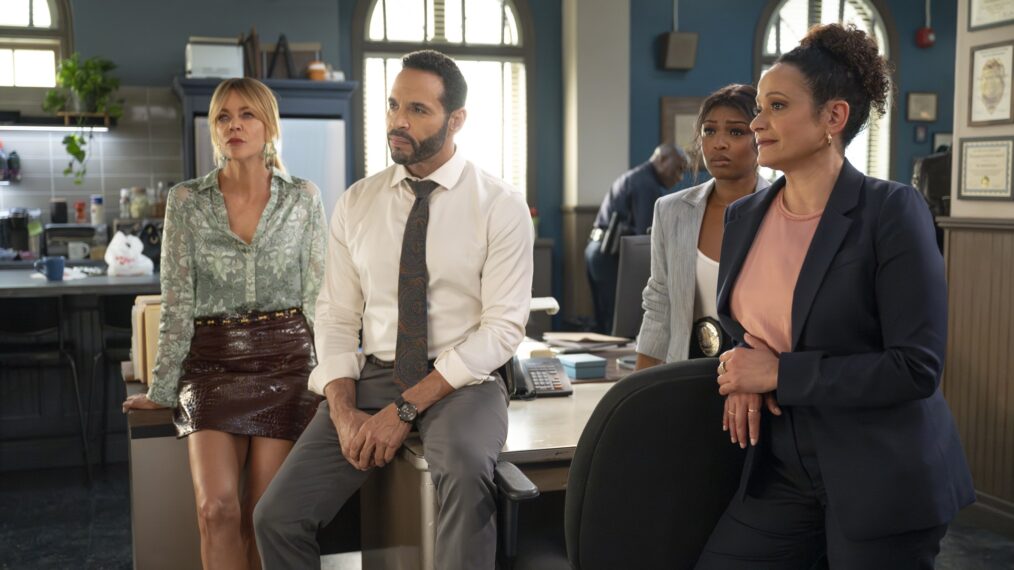





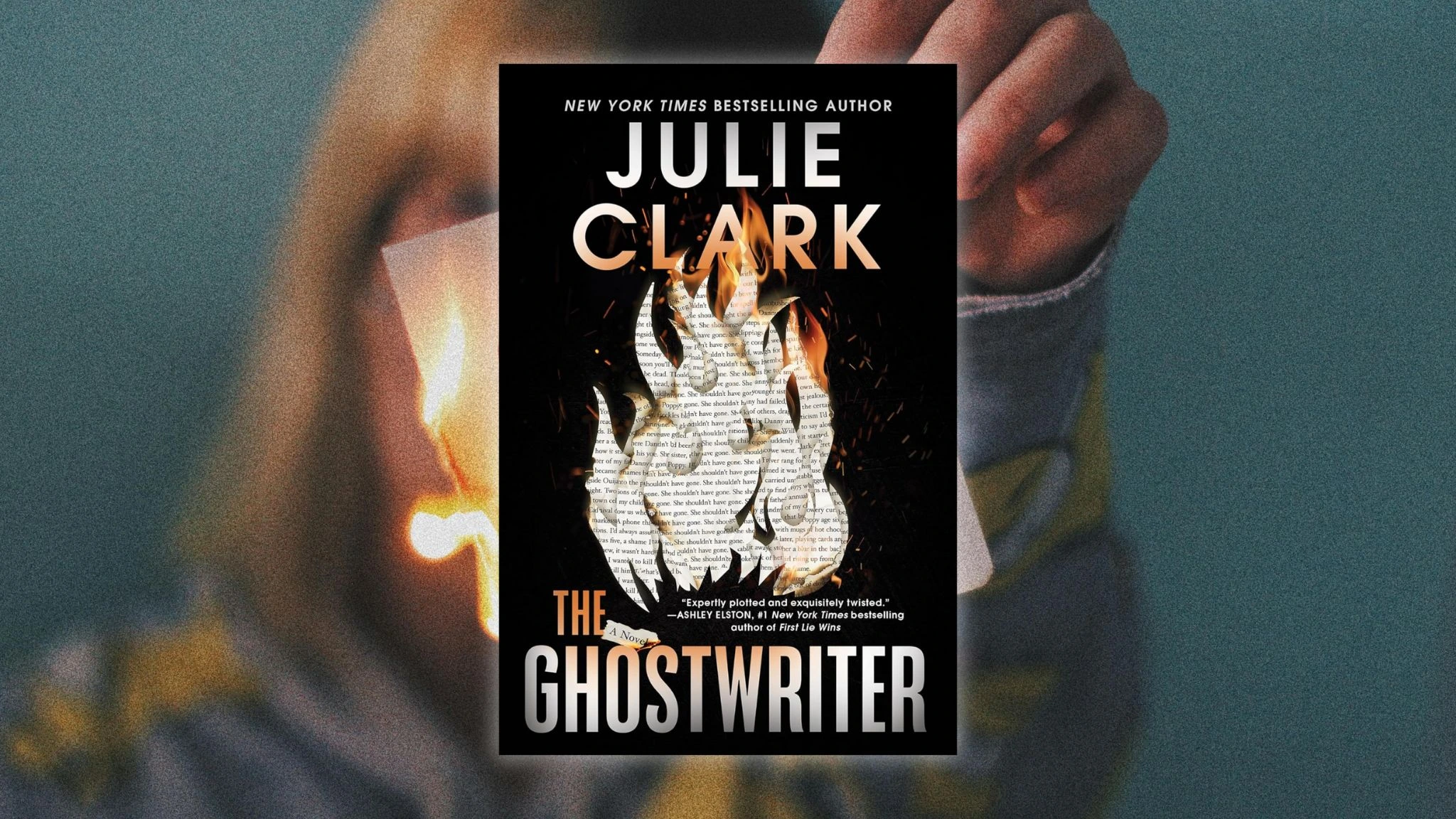




:quality(85):upscale()/2025/05/19/981/n/1922564/93076eb0682bb18c994e06.89379902_.png)

:quality(85):upscale()/2025/05/23/715/n/1922564/1e63d6e168309df259d956.72331408_.png)


